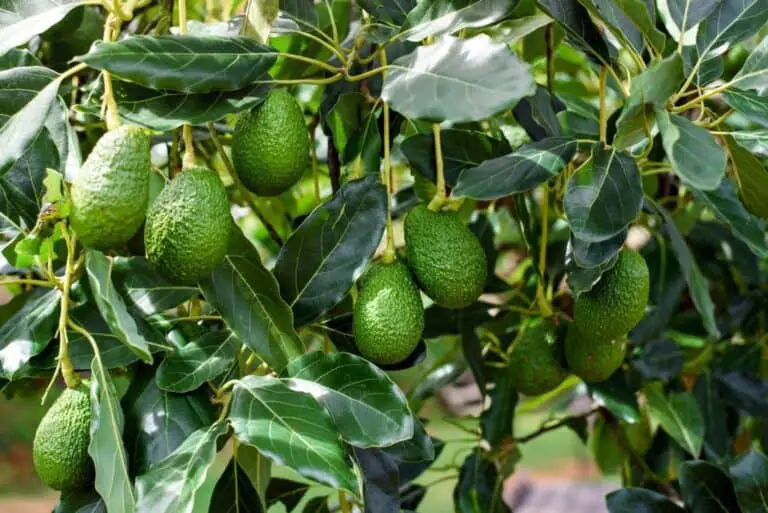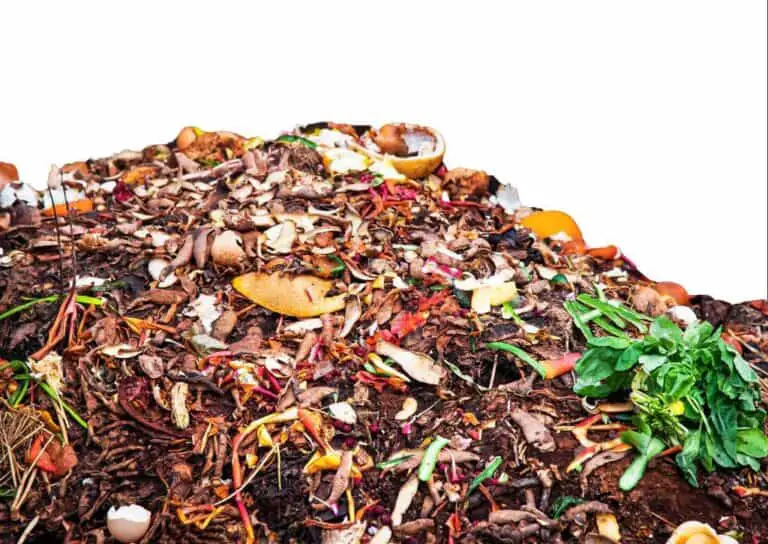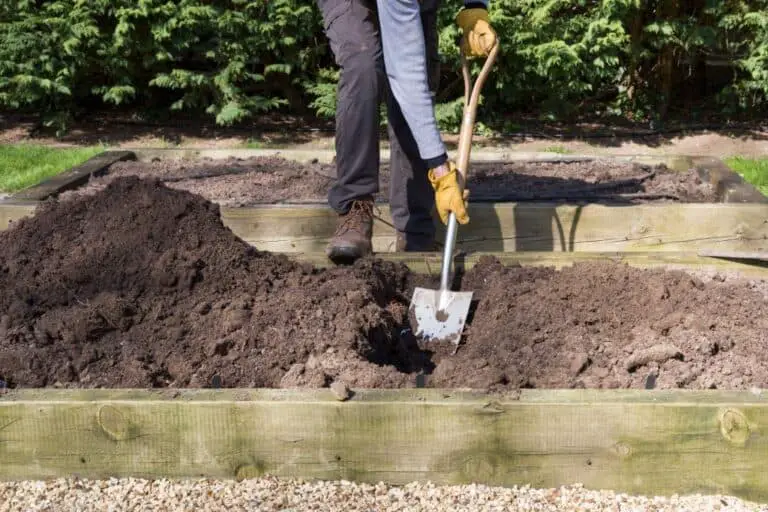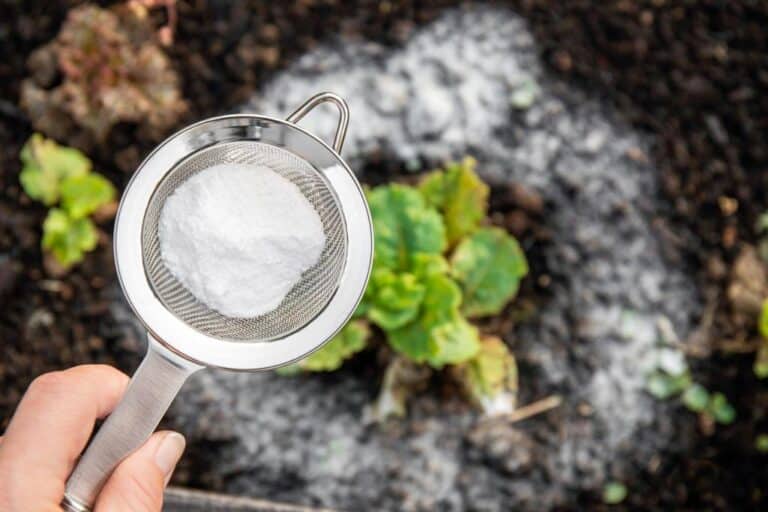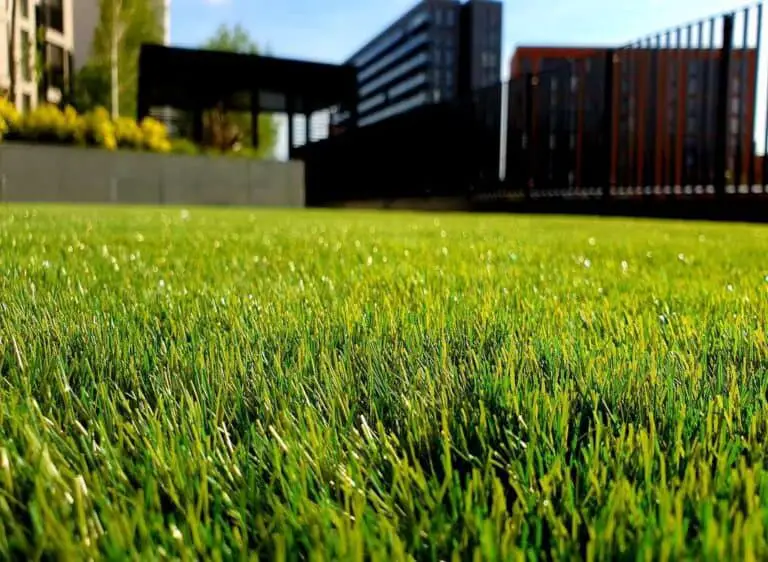How to Kill Weeds While Growing Grass In Newly Seeded Lawn

If you’re a homeowner or a gardener, then you probably know the struggle of maintaining a healthy, lush lawn. One of the biggest challenges to keeping your lawn in tip-top shape is dealing with unwanted weeds. Weeds are pesky plants that grow quickly and can take over your lawn if left unchecked. Weeds can quickly spread and kill your grass, making your lawn look unsightly and unhealthy.
But the good news is that there are ways to kill weeds while growing grass, allowing you to enjoy a beautiful, weed-free lawn.
In this article, we’ll look at some effective ways to get rid of weeds and make grass grow well. Whether you’re a seasoned gardener or a novice, this guide will help you take control of your lawn and keep it looking its best all year round. So, grab your gardening gloves and let’s get started!
Understanding the Different Types of Weeds
Weeds can be frustrating to deal with, especially when they seem to be taking over your lawn. However, identifying the specific types of weeds in your lawn can make it easier to control them. There are many different types of weeds, but some of the most common include broadleaf, grassy, and sedges.
Each of these types of weeds has its own unique characteristics, and understanding them is key to getting rid of them effectively.
- Broadleaf weeds are easily identifiable because they have broad, flat leaves. They can grow up to several feet tall and often have colorful flowers. Common examples of broadleaf weeds include dandelions, clover, and chickweed. These weeds can be controlled with selective herbicides that target the broadleaf plants while leaving the grass unharmed.
- Grassy weeds, on the other hand, are more difficult to control. They can look very similar to the grass in your lawn, making them hard to identify. Common examples of grassy weeds include crabgrass, goosegrass, and annual bluegrass. These weeds can be controlled with pre-emergent herbicides, which prevent the seeds from germinating, or post-emergent herbicides, which kill the weeds after they have already sprouted.
- Sedges are another type of weed that can be difficult to control. They have triangular stems and grass-like leaves, and they often grow in damp areas. Common examples of sedges include yellow nutsedge and purple nutsedge. These weeds can be controlled with herbicides that target sedges specifically.
Understanding the different types of weeds in your lawn is essential to effectively controlling them. Once you know what types of weeds you’re dealing with, you can choose the best herbicides and control methods to get rid of them.
Taking preventative measures such as mowing your lawn at the correct height, watering deeply and infrequently, and fertilizing regularly can help prevent weeds from taking hold in the first place. Hence, a beautiful, healthy lawn is within reach with the right knowledge and approach.
Why Do Weeds Grow So Much Faster Than Grass?
The age-old question of why weeds grow faster than grass is a perplexing one, yet it has a fairly simple answer. It all comes down to the biology of these two plants, and how they have evolved to survive in different environments.
Grass, as we all know, is a delicate plant that requires constant care and attention to thrive. It needs regular watering, a consistent supply of nutrients, and plenty of sunlight to grow strong and healthy. In contrast, weeds are hardy plants that can grow in almost any condition with minimal care and maintenance.
The main reason why weeds grow faster than grass is that they are designed to be survivors. They have adapted over time to take advantage of any opportunity to grow and spread their roots, whether it be through seeds carried on the wind, or by establishing a strong root structure in a bare patch of soil.
Weeds can grow in almost any soil condition, and they are often resistant to many of the common herbicides and pesticides that are used to control them.
Grass, on the other hand, is much more delicate and requires a specific set of conditions to grow. It needs a consistent supply of water to keep its roots hydrated, and it requires a steady supply of nutrients to fuel its growth. Grass also needs plenty of sunlight to photosynthesize and produce the energy it needs to survive.
These factors all combine to create a plant that is much more vulnerable to environmental stressors than weeds.
How to Kill Weeds While Growing Grass In Newly Seeded Lawn
Creating a beautiful, lush lawn is a common goal for many homeowners. However, the task of growing grass from seeds can be daunting, especially when it comes to keeping pesky weeds at bay. There are, luckily, a number of effective ways to get rid of weeds while grass grows in a newly seeded lawn.
Here are the steps to killing weeds while growing grass in a newly seeded lawn:
- Identify the weeds: Before treating any weeds, it is essential to identify them. You can use a weed identification guide to help you distinguish between the different types of weeds.
- Choose the right herbicide: There are different types of herbicides available in the market that can effectively kill weeds while growing grass. Select an herbicide that is safe to use on newly seeded grass.
- Apply the herbicide: Once you have identified the weeds and selected the appropriate herbicide, apply it to the affected area. Be sure to follow the instructions carefully, as over-application can damage the grass seedlings.
- Water the lawn: After applying the herbicide, water the lawn thoroughly. This will help the herbicide penetrate the soil and reach the roots of the weeds.
- Wait for the weeds to die: It can take several days for the weeds to die after applying the herbicide. Be patient and wait for the weeds to turn brown and wither.
- Remove the dead weeds: Once the weeds have died, remove them from the lawn by hand or with a rake. Be sure to dispose of them properly.
- Reseed bare spots: After removing the dead weeds, you may notice bare spots in your lawn. Reseed these areas to promote healthy growth and prevent new weeds from taking root.
- Maintain your lawn: To prevent future weed growth, maintain your lawn by mowing regularly, watering deeply and infrequently, and fertilizing appropriately. Proper lawn care will help keep weeds at bay and promote the growth of healthy grass.
Preventing Future Weed Growth in Your Lawn
Preventing future weed growth is essential to maintain and improve your lawn. Once you have successfully killed the weeds in your lawn and reseeded any bare spots, you need to take measures to ensure that weeds don’t make a comeback. Here are some tips to prevent future weed growth in your lawn.
Firstly, it is important to ensure that your lawn is healthy and well-nourished. A healthy lawn will be more resistant to weed growth, as it will have a stronger root system and be better able to compete with weeds for nutrients and water. Make sure to regularly fertilize your lawn and water it deeply but infrequently.
Another way to prevent weed growth is to mow your lawn at the proper height. Mowing too low can damage your grass and create bare spots where weeds can take hold. Conversely, mowing too high can create a damp, shady environment that is perfect for weed growth. Aim to keep your grass at a height of around 2–3 inches.
In addition to proper mowing, it is important to properly maintain your lawn equipment. Dull mower blades can tear grass and create an environment that is more susceptible to weed growth. Keep your mower blades sharp and clean to ensure that they are cutting your grass cleanly.
Regularly aerating your lawn can also help to prevent future weed growth. Aerating allows water, air, and nutrients to reach the roots of your grass, helping it to grow deeper and stronger. This will make it more difficult for weeds to take hold in your lawn.
Finally, consider using a pre-emergent herbicide in the spring and fall. Pre-emergent herbicides stop weed seeds from sprouting, which can cut down on the number of weeds in your lawn by a lot. Use these herbicides carefully and follow the instructions on the label to avoid damaging your grass or other plants.
Should You Hire a Professional to Kill and Control Weeds?
One of the main advantages of hiring a professional weed control service is the experience and expertise they bring to the task. A professional will be able to tell what kinds of weeds are there, figure out the best way to get rid of them, and choose the best herbicides or other treatments.
A professional can also use the treatments in a safe and effective way, making sure that the weeds are gone while minimizing the risk of harming other plants and animals that you want to keep.
Another advantage of hiring a professional weed control service is that it can save time and effort. Trying to control weeds on your own can be a time-consuming and labor-intensive process. By hiring a professional, you can free up your time to focus on other tasks or activities. Additionally, a professional can often complete the job more quickly and efficiently than you could on your own.
In some cases, attempting to control weeds on your own can actually be more costly in the long run. If you choose the wrong herbicide or treatment method or apply it incorrectly, you may do more harm than good.
This can result in the need for additional treatments or even the replacement of plants that have been damaged or killed. Hiring a professional can help ensure that the job is done right the first time, which can ultimately save you money in the long run.
The size of the area to be treated, the types of weeds, and your own preferences and skills determine whether to hire a professional weed control service. However, if you want to ensure that your landscape is healthy and attractive, and if you want to avoid the potential risks and costs of trying to control weeds on your own, hiring a professional may be the best option for you.

